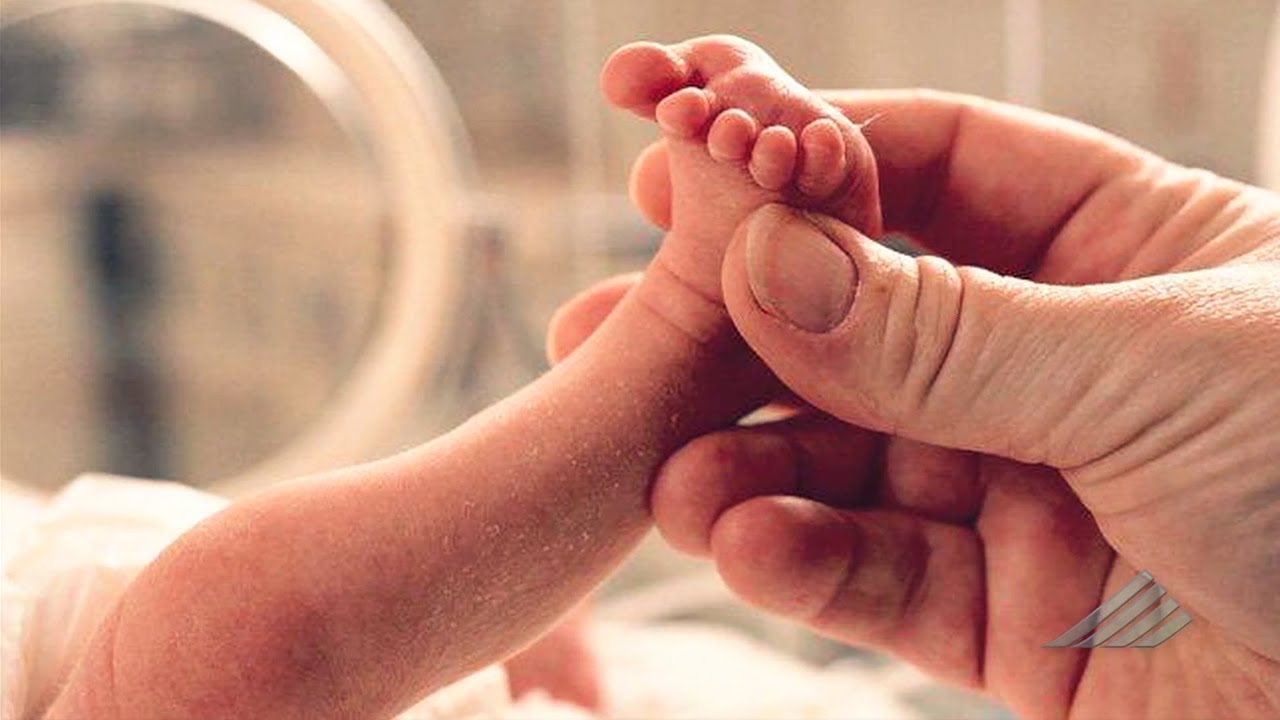
DiYES International School – How to Detect HIV/AIDS in Toddlers often starts with observing subtle health and behavior patterns that may go unnoticed. Unlike adults, toddlers cannot explain how they feel, making parental awareness crucial. One of the earliest clues includes frequent infections such as ear infections, pneumonia, or oral thrush that persist even after treatment. Parents may also observe failure to thrive, where a child gains little or no weight despite eating well. Delays in reaching developmental milestones like walking or talking can also be red flags. Moreover, prolonged fever or swollen lymph nodes that do not subside could indicate immune system issues. In many cases, these signs are mistaken for common childhood illnesses. That is why parents must stay alert and consult a healthcare provider if these patterns persist. Early diagnosis dramatically improves the chances of managing the disease and ensuring the child’s healthy development.
Understanding how to detect HIV/AIDS in toddlers involves more than spotting general illnesses. HIV specifically targets the immune system, which means a child’s ability to fight off everyday infections weakens over time. Infected toddlers may experience ongoing digestive issues like chronic diarrhea, which can lead to dehydration and malnutrition. Skin problems such as persistent rashes or sores that do not heal may also appear. Unlike occasional sicknesses that clear up quickly, HIV-related symptoms often last longer and return more frequently. Recurrent hospital visits or antibiotic treatments may become routine. Parents who notice that their toddler is sick more often than peers should not ignore these signs. Timely blood tests can provide clarity and guide necessary medical steps. Identifying immune system dysfunction early allows health professionals to provide proper care and antiretroviral treatment before complications escalate. Raising awareness of these specific symptoms empowers parents to take early and decisive action.
“Read about: Parents Shocked: Child Survives Brain Cancer After Using Revolutionary Therapy!”
Once suspicions arise, the next step in how to detect HIV/AIDS in toddlers is medical testing. Doctors will typically recommend a polymerase chain reaction test or an HIV RNA test, which can detect the virus directly in infants and toddlers. These tests are more accurate for young children than standard antibody tests, which might not work well due to maternal antibodies still present in their bloodstream. If the test confirms the infection, doctors may follow up with additional assessments to determine the child’s immune status and viral load. Understanding the stage of infection helps medical teams design a treatment plan tailored to the child’s needs. During this process, families are given guidance on nutrition, hygiene, and medication adherence. Getting a timely diagnosis is crucial because early intervention significantly improves life expectancy and quality of life. Parents must remember that testing does not harm the child and provides life-saving clarity and direction.
A key part of how to detect HIV/AIDS in toddlers involves paying attention to behavioral and emotional development. Children living with undiagnosed HIV may become withdrawn, fussy, or unresponsive to typical social cues. They may struggle to form strong attachments or show decreased interest in play. These developmental lags are not always linked directly to the virus but often result from the physical toll it takes on the body. Caregivers must monitor emotional health just as closely as physical health. Developmental screenings can help identify delays that may require speech therapy, occupational therapy, or special education support. The earlier these interventions begin, the better the chances of closing developmental gaps. At the same time, emotional support from caregivers, including reassurance and stable routines, plays a critical role. By creating a nurturing environment and seeking professional help when needed, parents can give their toddlers the best shot at thriving despite the diagnosis.
While the focus is on how to detect HIV/AIDS in toddlers, prevention plays an equally vital role. Pregnant mothers should get tested as early as possible to prevent transmission during childbirth or breastfeeding. In cases where the mother is HIV positive, antiretroviral therapy significantly reduces the risk of passing the virus to the child. After birth, doctors may recommend specific feeding plans and medications to protect the baby. Beyond the medical steps, education is key. Communities that understand the risks and signs of HIV are better equipped to respond swiftly. Parents should also maintain routine health checkups and keep vaccination records updated. Trusted pediatricians can act as partners in long-term health monitoring. By combining medical support with community awareness and personal vigilance, the chance of detecting HIV early in toddlers becomes much higher. Prevention and awareness go hand in hand with detection to protect children from the long-term effects of untreated HIV.